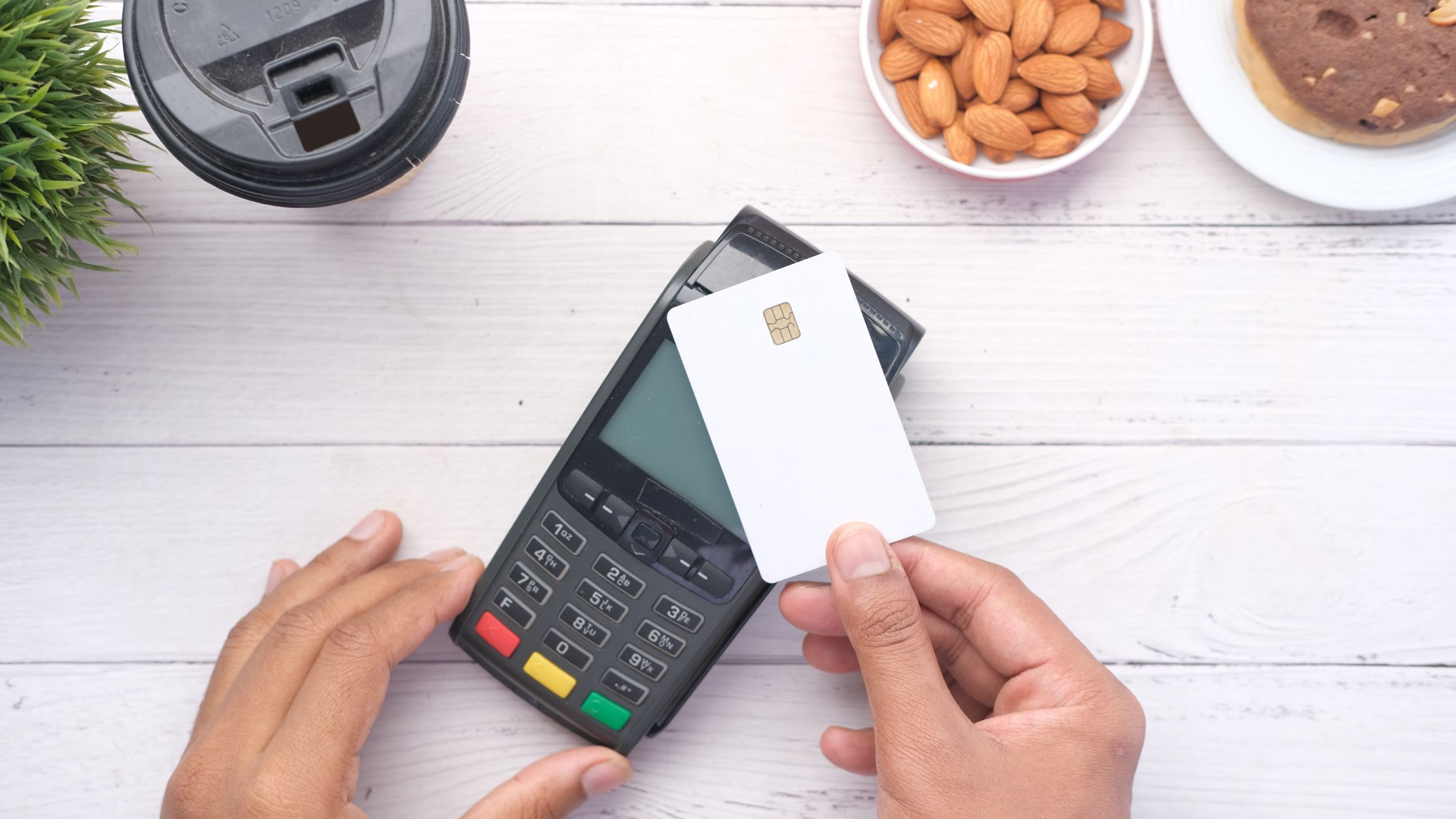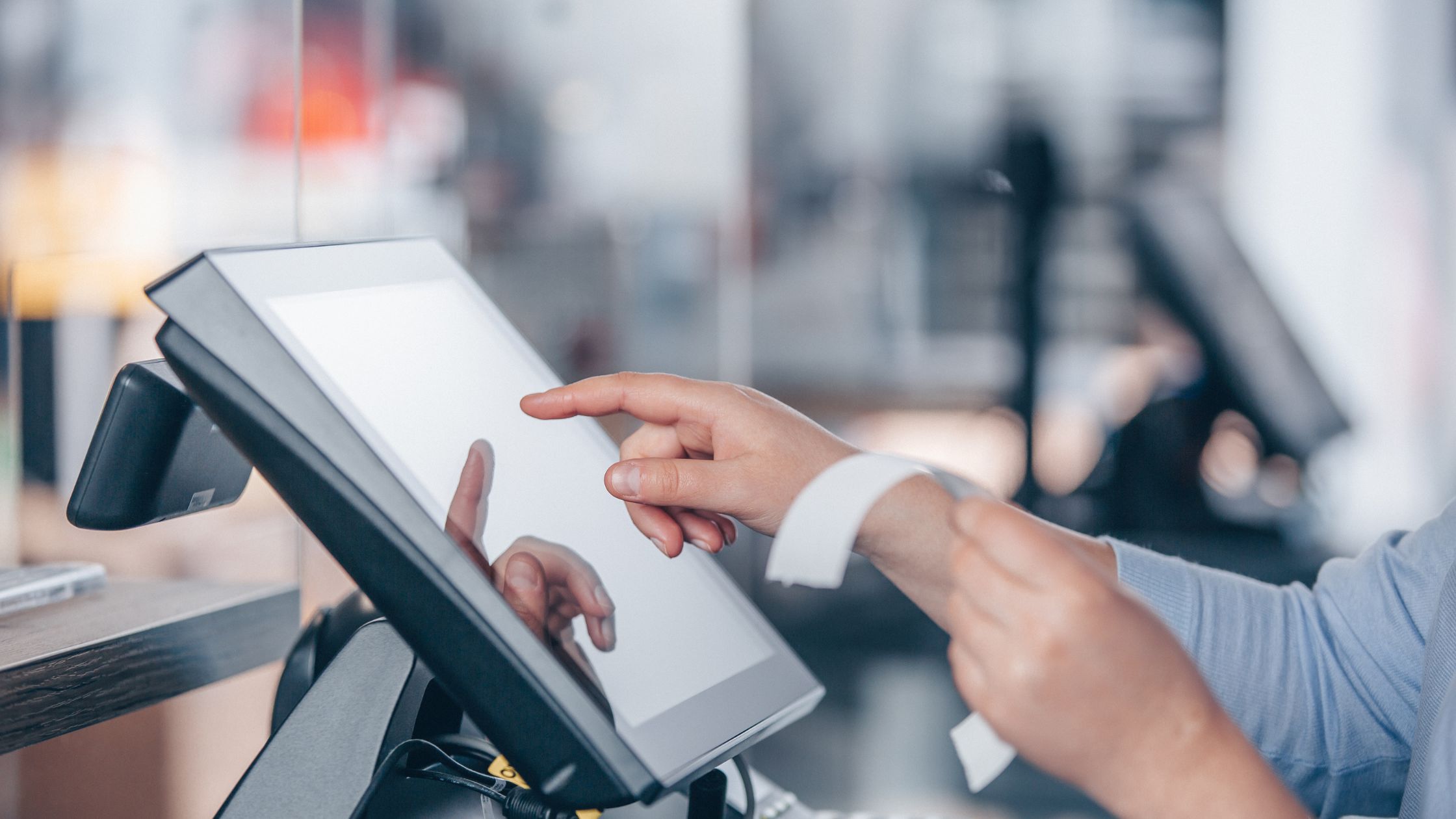Running a food shop means keeping service fast, orders accurate, and daily operations smooth. The right POS for food shops makes it easier to process transactions quickly, monitor inventory in real time, and access valuable business insights. With a well-chosen system, you can streamline workflows, cut down on mistakes, and create a better experience for your customers. In this guide, you’ll find clear explanations and easy-to-read bullet points that will help you choose the perfect POS solution for your food business.

Table of Contents
- Define Your Shop’s Workflow
- Select a POS with Offline Functionality
- Prioritize a User-Friendly Interface
- Support All Order Types
- Manage Inventory and Menus
- Utilize Reporting and Analytics
- Ensure Scalability and Flexibility
- Verify Hardware and Platform Compatibility
- Conclusion
1. Define Your Shop’s Workflow
Understanding your shop’s specific workflow is the first step in selecting a suitable POS for food shops. Consider the type of service you offer—dine-in, takeaway, delivery, or a combination. Each model requires different features and workflows. For instance, a quick-service shop benefits from a minimal interface for speed, while a dine-in restaurant may need table mapping and order-splitting features. You should also define staff roles and assign permissions accordingly to maintain security and operational control. Learn more about POS system.
2. Select a POS with Offline Functionality
- Avoid downtime – Ensure the POS continues to function even during internet outages.
- Store data locally – The system should save transactions securely and sync them when the network returns.
- Work from anywhere – Offline mode benefits mobile setups like food trucks or market stalls.
Offline capability ensures your business doesn’t stop when the connection drops. It protects your data, prevents delays, and allows uninterrupted customer service.
3. Prioritize a User-Friendly Interface
A simple, easy-to-use interface helps staff learn the system faster and process orders more efficiently. In busy food shops, this can make a big difference in keeping customers happy. When choosing a POS for food shops, check the layout, button placement, and menu navigation. Go for a design that keeps important features close at hand, minimizes unnecessary clicks, and avoids screen clutter so your team can work quickly and confidently.

4. Support All Order Types
A robust POS for food shops should seamlessly handle various service formats to meet different customer preferences and operational needs.
- Multiple service modes:
Select a POS that can manage dine-in, takeaway, and delivery orders from a single system. This unified approach reduces complexity and ensures smooth operations regardless of how customers choose to place their orders.
- Kitchen integration:
Opt for a system that sends orders directly to kitchen printers or digital displays. This eliminates manual order transfers, speeds up preparation times, and minimizes communication errors between front-of-house and kitchen staff.
- Flexible billing:
Look for billing features that allow split checks, partial payments, and customizable order modifiers. This flexibility caters to varied customer requests and enhances the overall dining experience.
5. Manage Inventory and Menus
Keeping track of inventory accurately is key to avoiding stock shortages and unnecessary waste. A reliable POS for food shops should update ingredient levels in real time as orders are placed. Advanced systems even allow recipe-level tracking, so you can control portion sizes and manage food costs more effectively. Menu management is just as important—being able to quickly update prices, add seasonal specials, or remove items that are out of stock ensures your menu is always up-to-date and accurate.
6. Utilize Reporting and Analytics
A strong reporting module turns raw sales data into actionable insights. Daily sales summaries, tax breakdowns, and employee performance metrics allow you to identify trends and plan effectively. Some POS systems also provide visual dashboards that make it easier to spot patterns at a glance. With accurate reporting, you can make decisions based on real numbers instead of guesswork.
7. Ensure Scalability and Flexibility
A well-chosen POS for food shops should not only meet your current needs but also grow with your business. Scalability ensures that as your operations expand, your POS can keep up without requiring a complete system overhaul.
7.1 Business growth ready –
Opt for a POS that allows you to add more terminals, user accounts, or devices effortlessly. This ensures you can handle higher transaction volumes during peak periods or when opening new outlets.
7.2 Expandable features –
Choose a system that offers optional modules or plugins, such as delivery tracking, advanced inventory management, or customer loyalty programs. This flexibility lets you introduce new capabilities only when your business requires them.
7.3 Multi-location support –
If you manage or plan to operate several branches, ensure your POS provides centralized control. A unified dashboard allows you to monitor sales, inventory, and staff performance across all locations in real time.
By investing in a scalable and flexible POS for food shops, you can adapt to evolving market demands, embrace new business models, and continue serving customers efficiently—without the cost or disruption of replacing your system.

8. Verify Hardware and Platform Compatibility
The right POS for food shops should fit into your existing setup so you don’t have to spend extra on new equipment. Make sure it works with essential hardware such as receipt printers, barcode scanners, cash drawers, and touchscreen monitors. Also, check for platform flexibility—choose a system that runs smoothly on Windows, Mac, Linux, and even cost-effective devices like Raspberry Pi. Having this level of compatibility gives you more freedom to choose the technology that works best for your business without being locked into expensive upgrades.
9. Conclusion
Choosing the best POS for food shops means finding one that’s easy to use, works even without the internet, supports different order types, manages inventory smoothly, and grows with your business. When your POS fits perfectly into your daily workflow, it helps you work faster, cut unnecessary expenses, and keep your customers happy.
If you’re looking for a trusted open-source option with all these features, check out Floreant POS at Floreant POS







